Felines are one of the most interesting and mysterious creatures on the planet. And this family periodically throws up another mystery for researchers. 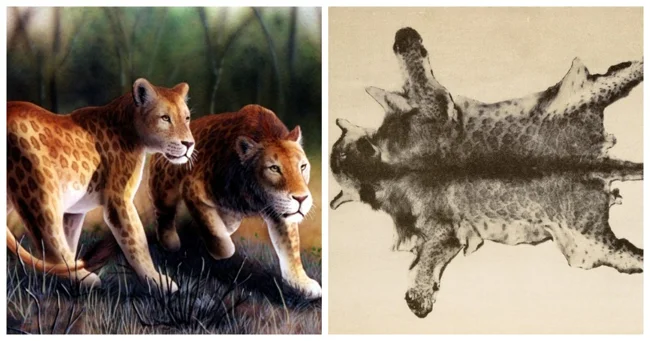
In 1931, Kenyan farmer Michael Trent went hunting near the Aberdare Range. And he got two strange animals. In appearance, the predators resembled lions, but were much smaller in size. The skin was covered with spots, and the tail was decorated with a specific tassel. 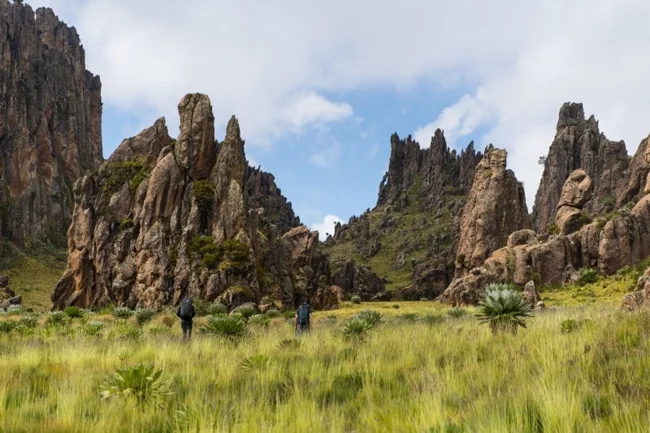
Aberdare, Kenya
Before this, ever since the exploration of the Dark Continent by Europeans, rumors about mysterious speckled dwarf lions persistently circulated among the people. But Trent's kill was the first real evidence of the existence of the marozi, a strange species of lion. 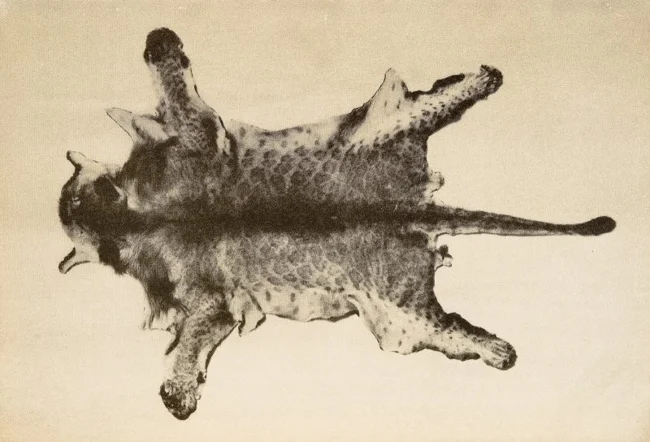
Skin treated by Trent
The proud farmer processed the trophies and happily showed them off to everyone. As a result, the skins ended up in the Kenyan capital of Nairobi. Skeptical biologists expressed the opinion that the skins belonged to young lions. Common, since young animals may have spots on their bodies before they reach three years of age. But there are much fewer of them, and they are located chaotically, without a specific pattern. 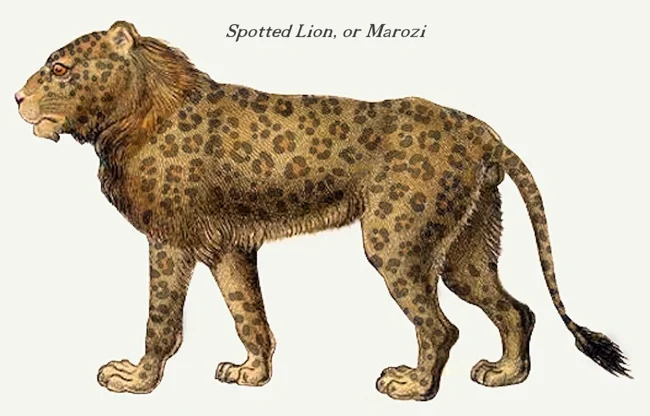
A few years later, an entire expedition was sent to the Kenyan mountains under the leadership of the English explorer Kenneth Gandar-Dauer. The goal was to search and identify the mysterious beast. But the campaign was unsuccessful.
Zoologists tried to identify the animal, whose existence, despite the presence of tracks and skins, was still in question. 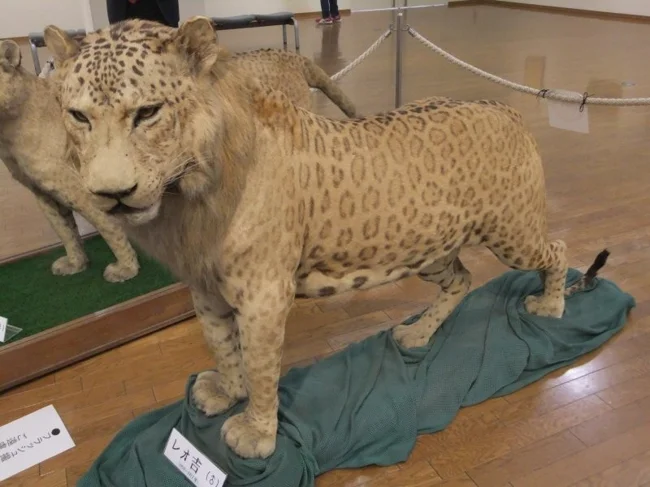
Stuffed leopon
The first version was the assumption of leopons - hybrids of a lion and a leopard. In nature, giant cats are at odds. But in 1910, in India, a case was recorded of the birth of a pair of cubs to a lioness and a leopard. Leopons are larger than leopards, but smaller than lions, spotted and with a small mane in males. That is, they are very similar to Trent’s prey. That is, theoretically, mating between sworn enemies is possible. But only in exceptional cases, when a lioness, for example, loses her pride and accidentally encounters an adult large leopard. 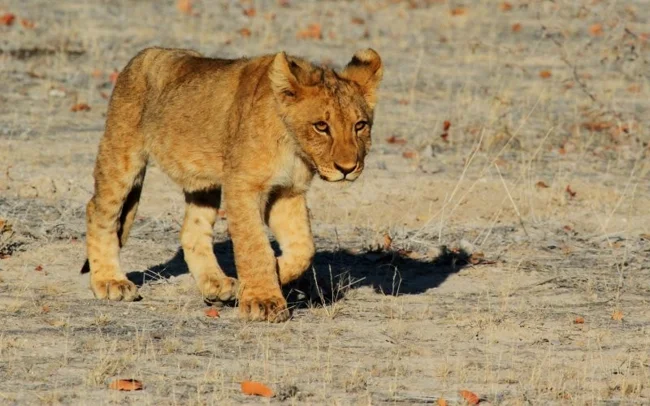
Teenagers may have blurry spots on their skin
The second version says that the shot Marosi were young lions whose spots were preserved due to some individual mutations. 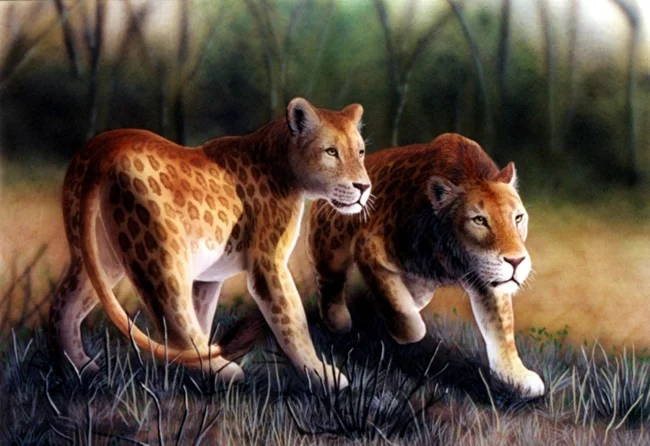
According to the third theory, Marozi is a separate subspecies or color variation of the lion, which, due to its specific habits, chose inaccessible mountainous areas as its habitat. People rarely visit there, so nothing is known about the small population of such cats. 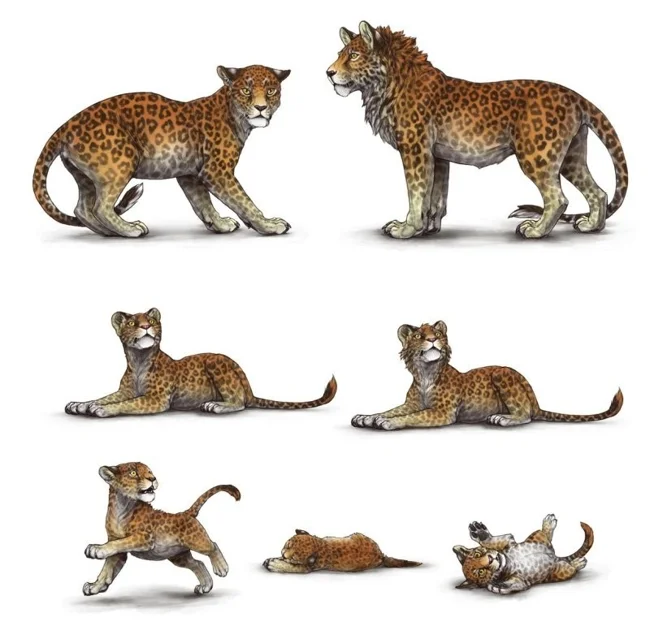
And finally, the most fantastic version is that Marozi belongs to an ancient species of African cats. But discussing the existence of prehistoric beasts without actual evidence is pointless. This is tantamount to proving the existence of Bigfoot or Nessie.
Who do you think the mysterious Marosi really are?
0 comments
